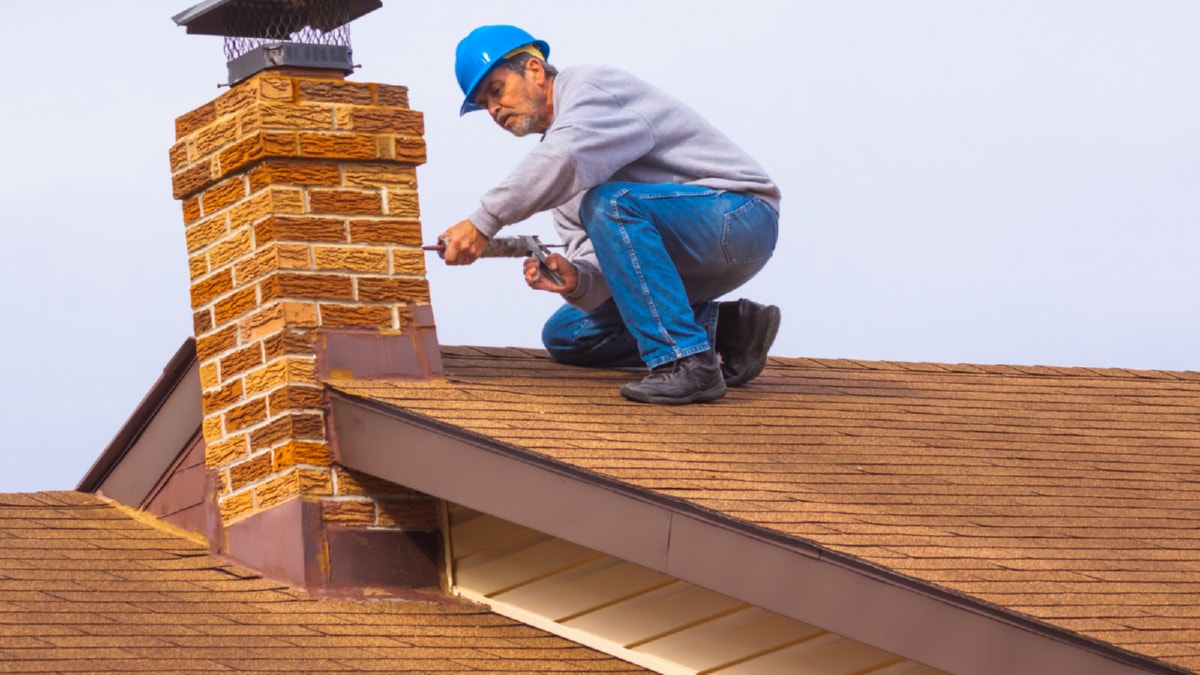Green construction, also known as sustainable building, involves the use of procedures and materials that are environmentally responsible and resource-efficient. This construction method, which encompasses the construction process from design and operation to maintenance and renovation, has grown in popularity over the years due to its remarkable impact on sustainability and efficiency.
For starters, green construction plays a significant role in reducing environmental impact. Traditional construction methods contribute significantly to environmental degradation through deforestation, wastage of water, and emission of harmful substances into the environment. Green construction, on the other hand, minimizes this impact by using renewable and recycled construction materials. For example, reclaimed wood, recycled metal, and recycled glass are commonly used in green construction. By using these materials, we reduce the demand for new resources, which in turn leads to a decrease in habitat destruction and pollution.
In addition to reducing environmental impact, green construction also promotes energy efficiency. Green buildings often incorporate energy-saving features such as solar panels, energy-efficient appliances, and high-quality insulation. These features not only reduce energy consumption but also lower energy costs. For instance, a study by the New Buildings Institute revealed that green buildings consume 24% less energy compared to traditional buildings. Therefore, green construction not only conserves our planet’s finite resources but also presents a cost-effective solution in the long run.
Water efficiency is another significant benefit of green construction. Traditional buildings consume a significant amount of water, both during construction and in their day-to-day operations. Green buildings, however, utilize water-saving plumbing fixtures, rainwater harvesting systems, and efficient irrigation methods. These strategies drastically reduce water consumption, making green construction a viable solution in regions with limited water resources.
The indoor environment quality (IEQ) is another area where green construction outperforms traditional construction methods. Green buildings often use non-toxic materials and incorporate design features that enhance natural light and improve air quality. These elements contribute to a healthier and more productive living and working environment, which has been shown to increase productivity and reduce health-related costs.
Lastly, green construction contributes to waste reduction. During construction, green builders aim to minimize waste by effectively managing materials through recycling and reusing. Moreover, green buildings are designed to have a longer lifespan than traditional buildings, reducing the need for demolition and reconstruction.
In conclusion, the impact of green construction on sustainability and efficiency is profound. Green construction methods help reduce environmental degradation, enhance energy and water efficiency, improve indoor environmental quality, and contribute to waste reduction. As such, green construction is not just a trend; it’s a critical strategy for achieving sustainable development. Therefore, as the demand for sustainable and efficient buildings continues to rise, the construction industry must continue to innovate and adopt green construction practices.
For more details, check best masonry services or visit their business listing here.



